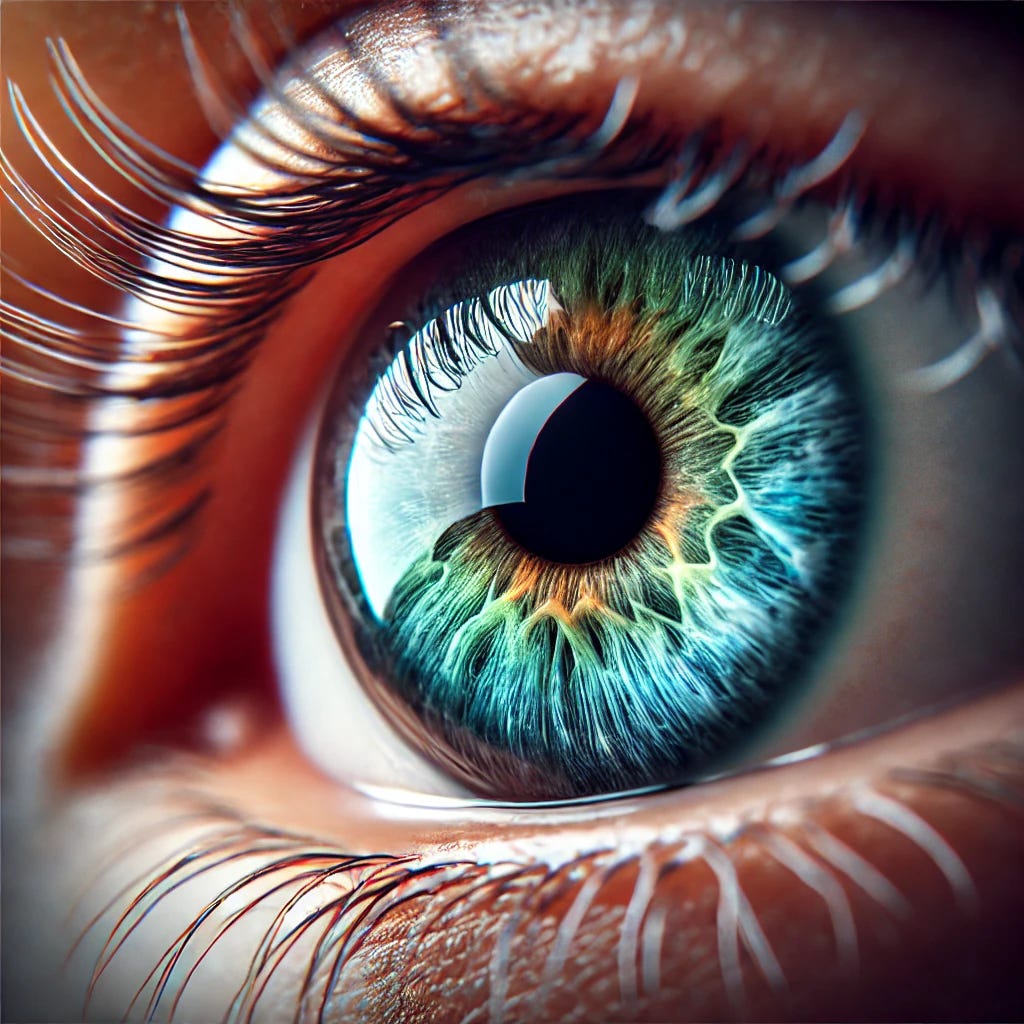I have seen an increased number of patients suffering from Uveitis lately and also many of you here on Substack sent in questions asking me to talk more about uveitis. It is a serious condition that can lead to blindness so I will begin today with a brief description of what it is. In the coming weeks I will have more articles about the more common causes of uveitis.
Do you ever had intense eye pain, redness, or blurry vision that just won’t go away? For many, these symptoms might seem like allergies or a temporary irritation. But if the discomfort is persistent, it could be a sign of uveitis—an inflammatory eye condition that’s more common than many people realize. Uveitis can cause everything from mild discomfort to severe vision loss if left untreated.
Here’s what you need to know about this hidden but impactful eye condition.
What Exactly Is Uveitis?
The name "uveitis" comes from the uvea, the middle layer of the eye that includes structures like the iris, ciliary body, and choroid. These parts contain a rich supply of blood vessels, which can make them susceptible to inflammation when something disrupts the body’s immune system. Inflammation in this area is known as uveitis.
Uveitis isn’t just one condition—it’s actually a family of inflammatory diseases, and it can affect different parts of the eye. It’s often categorized by where the inflammation occurs:
Anterior Uveitis: Inflammation at the front of the eye, primarily affecting the iris. This is the most common form and can cause eye pain, light sensitivity, and redness.
Intermediate Uveitis: Occurs in the vitreous, the gel-like substance in the middle of the eye. It can cause floaters (small spots in your field of vision) and blurred vision.
Posterior Uveitis: Affects the retina and choroid at the back of the eye, which can lead to floaters, light sensitivity, and vision loss.
Panuveitis: This form affects the entire uvea and can lead to severe symptoms and vision impairment.
What Causes Uveitis?
Uveitis can have various causes, though in some cases the exact trigger remains unknown. Here are some of the common causes:
Autoimmune Conditions: Diseases like rheumatoid arthritis, sarcoidosis, and ankylosing spondylitis can cause the immune system to mistakenly attack the eye, leading to inflammation.
Infections: Viruses, bacteria, and fungi can all lead to uveitis. Conditions like herpes, syphilis, tuberculosis, and Lyme disease can sometimes trigger inflammation in the uvea.
Eye Injury: Trauma to the eye, whether from an accident or surgery, can sometimes result in inflammation that leads to uveitis.
Genetics: People with a family history of autoimmune diseases or inflammatory disorders may have a higher risk of developing uveitis.
Recognizing the Symptoms of Uveitis
The symptoms of uveitis can range from mild to severe, and they may come on suddenly or develop gradually. Some common symptoms include:




